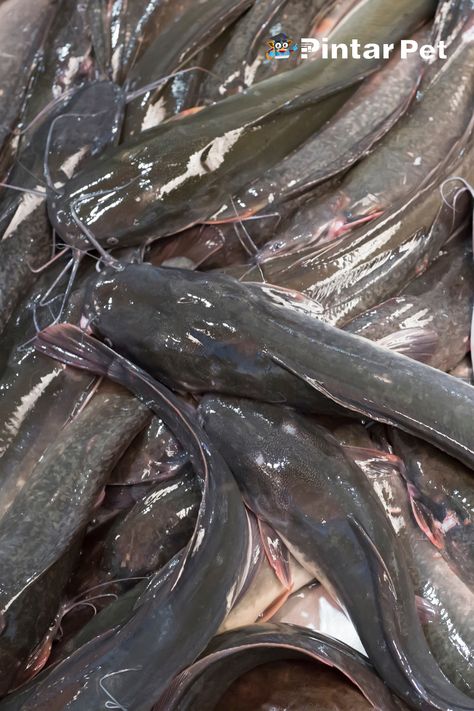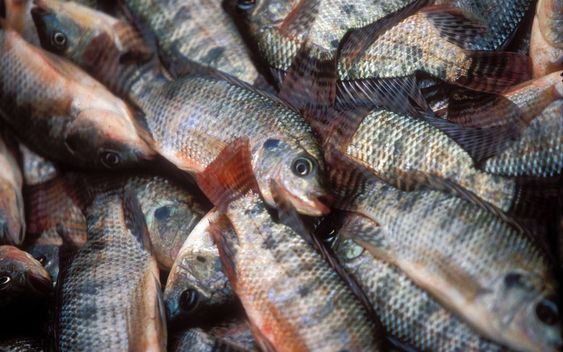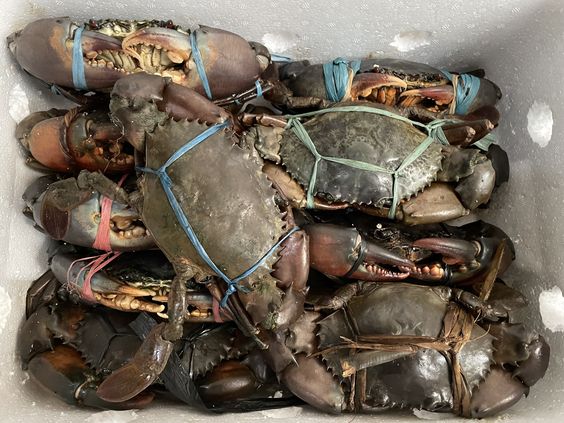All About Good Quality Catfish: From Farm
Good Quality Catfish, a popular freshwater fish known for its mild flavor and versatility in cooking, can be enjoyed in various ways. But with so many options available, how do you ensure you’re getting good quality catfish? This comprehensive guide dives into the world of high-quality catfish, exploring factors affecting quality, buying tips, preparation methods, and even delves into the fascinating world of catfish farming.
Contents
- 1 What Makes Good Quality Catfish
- 2 Beyond Freshness: Choosing High-Quality Catfish
- 3 Cooking with Confidence: Preparing High-Quality Catfish
- 4 The Fascinating World of Catfish Farming
- 5 Sustainability Concerns and Certifications Good Quality Catfish
- 6 Conclusion: Enjoy Good Quality Catfish with Confidence!
What Makes Good Quality Catfish
There are several factors that contribute to the overall quality of catfish:
- Freshness: As with any seafood, freshness is paramount. Fresh catfish should have a firm flesh, bright red gills, and clear, bulging eyes.
- Source: Catfish can be farm-raised or wild-caught. Farm-raised catfish typically have a milder flavor and consistent size, while wild-caught catfish can have a slightly more robust flavor but may vary in size. Both can be good quality, depending on your preference.
- Farming Practices: In the case of farm-raised catfish, responsible aquaculture practices that prioritize clean water, healthy feed, and minimal stress on the fish contribute to a higher quality product.
- Processing and Handling: Proper handling and processing methods throughout the supply chain ensure the catfish retains its freshness and flavor.
Beyond Freshness: Choosing High-Quality Catfish
Now that you understand the key elements of good quality catfish, here are some practical tips to guide you when buying:
- Where to Buy: Look for reputable sources like fishmongers, grocery stores with dedicated seafood sections, or directly from local catfish farms.
- Visual Inspection: Inspect the catfish closely. The flesh should be firm and spring back when pressed gently. Avoid fish with dull eyes, discolored gills, or a slimy coating.
- Ask Questions: Don’t hesitate to ask questions about the source and farming practices, especially if buying directly from a farm.
- Frozen Catfish: Frozen catfish can be a good option if fresh isn’t readily available. Choose packages with clear, unbroken ice and fish fillets that haven’t lost their shape.
Cooking with Confidence: Preparing High-Quality Catfish
Catfish’s mild flavor and firm texture make it a versatile ingredient for a variety of dishes. Here are some tips for successful catfish preparation:
- Thawing: If using frozen catfish, thaw it properly in the refrigerator overnight or under cold running water.
- Cleaning: Rinse the catfish fillets under cold water and pat them dry with paper towels.
- Cooking Methods: Catfish can be baked, grilled, fried, poached, or even smoked.
- Seasoning: Catfish readily absorbs flavors, so experiment with various seasonings like Cajun spices, lemon pepper, or blackening blends.
- Maintaining Moisture: As catfish can dry out easily, marinades, poaching liquids, or basting during cooking help maintain moisture and add flavor.
The Fascinating World of Catfish Farming
Catfish farming is a significant contributor to the global seafood industry. Today’s responsible catfish farming practices prioritize several key areas:
- Water Quality: Clean, well-maintained ponds and efficient water management systems are crucial for healthy catfish and high-quality production.
- Feed: Catfish farmers often use high-quality, balanced feed formulations that provide essential nutrients for optimal growth and health.
- Stress Reduction: Minimizing stress on the fish throughout the farming process helps ensure better health and overall quality.
Sustainability Concerns and Certifications Good Quality Catfish
Consumers seeking the most environmentally responsible catfish options can look for certifications from organizations such as the Aquaculture Stewardship Council (ASC) or the Best Aquaculture Practices (BAP) program. These certifications signify that the catfish was raised according to strict environmental and ethical standards.
Conclusion: Enjoy Good Quality Catfish with Confidence!
By understanding the factors that contribute to good quality catfish, employing smart buying tactics, and utilizing effective cooking methods, you can enjoy delicious and versatile catfish dishes. Additionally, supporting responsible catfish farming practices ensures the sustainability and future of this popular seafood option. So, the next time you’re looking for a flavorful, versatile protein source, consider high-quality catfish!






